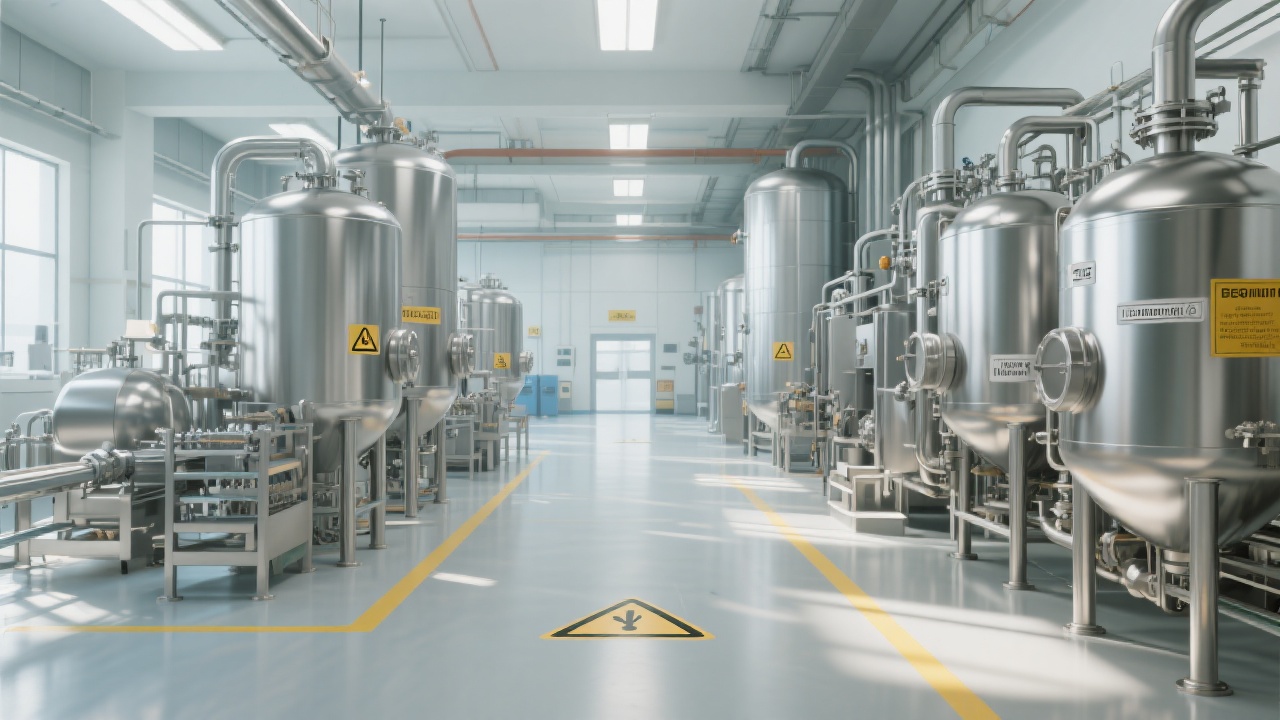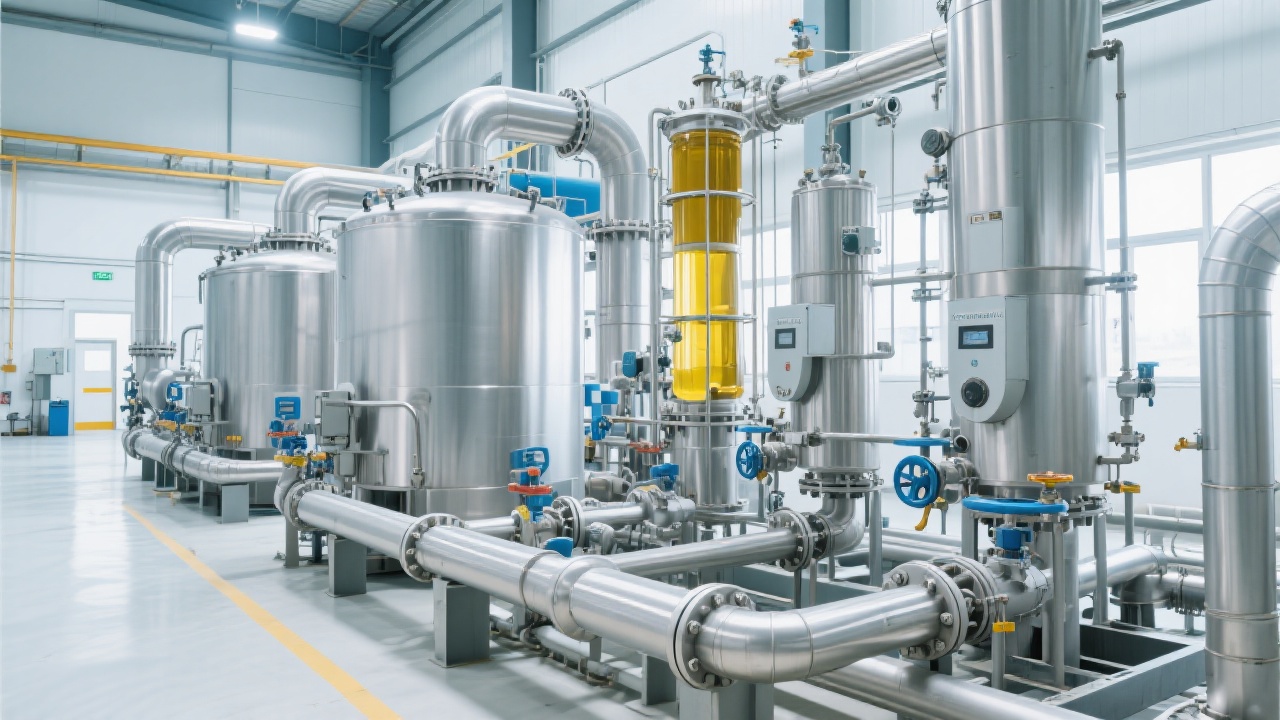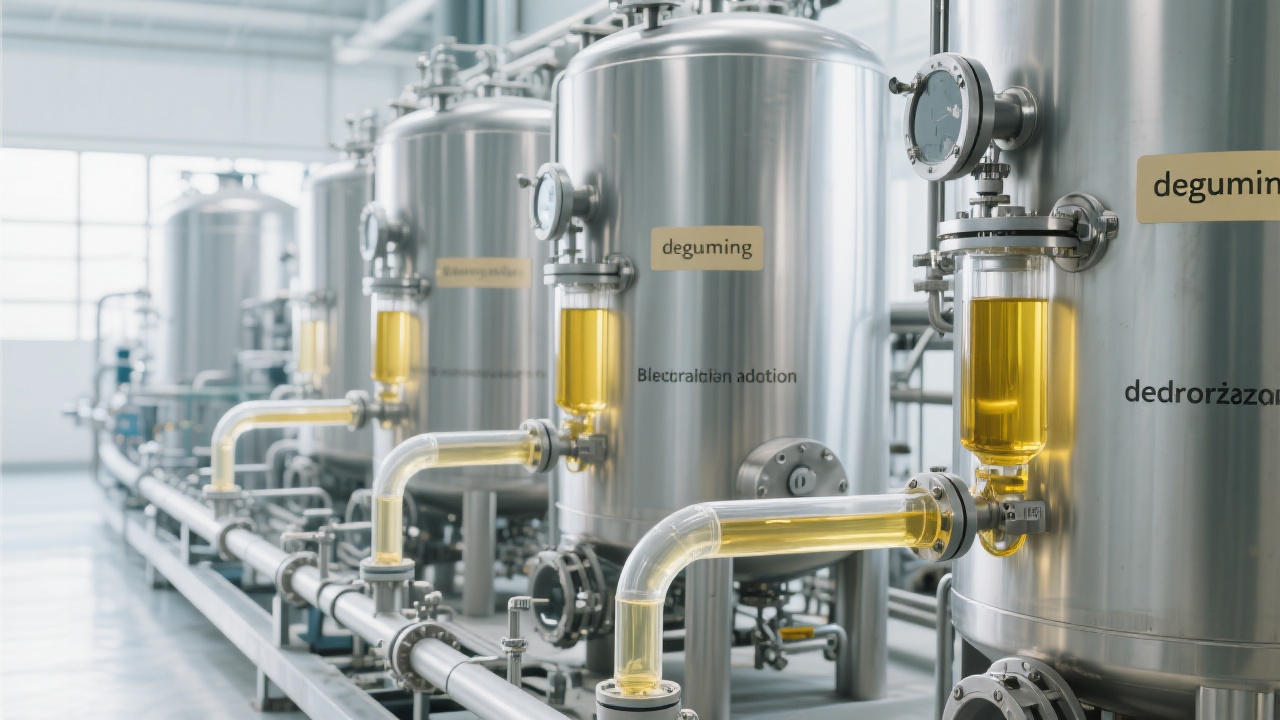
Rice bran oil is a high - quality edible oil with rich nutritional value. However, the refining process of rice bran oil is complex, and optimizing the process is crucial for improving the quality of refined oil and enhancing market competitiveness. This article will focus on the key steps of the rice bran oil refining process: degumming, deacidification, decolorization, and deodorization.
Degumming is the initial and important step in rice bran oil refining. It aims to remove phospholipids and other gummy substances from crude rice bran oil. There are mainly two methods: water degumming and acid degumming. Water degumming is simple and cost - effective, but it has limitations in removing non - hydratable phospholipids. Acid degumming, on the other hand, can achieve a more thorough degumming effect by using phosphoric acid or citric acid. According to industry data, acid degumming can reduce the phosphorus content in crude oil from about 300 - 500 ppm to less than 10 ppm.

When it comes to equipment selection for degumming, factors such as the scale of production and the quality of crude oil should be considered. For small - scale production, batch - type degumming equipment may be suitable, while large - scale production requires continuous degumming equipment for higher efficiency.
Deacidification is to remove free fatty acids from rice bran oil. The common methods include chemical neutralization and physical refining. Chemical neutralization uses alkali to react with free fatty acids to form soapstock, which can be easily separated. Physical refining, however, relies on high - temperature steam distillation to remove free fatty acids. Chemical neutralization can reduce the acid value of crude oil from 5 - 15 mg KOH/g to less than 0.3 mg KOH/g. But it has the drawback of high oil loss. Physical refining has lower oil loss but requires more advanced equipment and strict operating conditions.
The choice of deacidification equipment depends on the acid value of crude oil and production requirements. For crude oil with a high acid value, physical refining may be a better option, while for relatively low - acid - value crude oil, chemical neutralization can be considered.
Decolorization is mainly to remove pigments, oxidation products, and other impurities from rice bran oil to improve its appearance. Adsorption decolorization is the most commonly used method, which uses adsorbents such as activated clay and activated carbon. Activated clay has a strong adsorption capacity for pigments, and activated carbon can remove some special impurities. The adsorption effect is affected by factors such as the type and dosage of adsorbents, temperature, and contact time.

In practice, a combination of different adsorbents can often achieve better results. For example, using a certain proportion of activated clay and activated carbon can reduce the color value of oil from about 30 - 50 Lovibond units to less than 10 Lovibond units.
Deodorization is the last and key step to improve the quality of rice bran oil. It is to remove odorous substances, such as volatile fatty acids, aldehydes, and ketones, through high - temperature and high - vacuum steam distillation. The control of deodorization conditions, such as temperature, time, and steam flow rate, is crucial. Generally, the deodorization temperature is controlled at 220 - 260°C, and the time is about 1 - 2 hours.
Advanced deodorization equipment can ensure uniform heating and effective removal of odorous substances. It can reduce the peroxide value of oil to less than 0.2 meq/kg and significantly improve the flavor and stability of rice bran oil.
Let's take a food processing enterprise as an example. Before optimizing the rice bran oil refining process, the acid value of its refined oil was about 0.5 mg KOH/g, and the color value was about 15 Lovibond units. After adopting the optimized process, including the selection of appropriate degumming equipment, advanced deacidification technology, and effective decolorization and deodorization methods, the acid value of the refined oil was reduced to less than 0.3 mg KOH/g, and the color value was reduced to less than 10 Lovibond units. The market feedback showed that the sales volume of the refined oil increased by about 20% within six months.

In addition to the traditional refining process, there are also some innovative technologies emerging to improve the quality of refined rice bran oil, such as membrane separation technology and enzymatic refining technology. These technologies can not only improve the quality of oil but also meet the requirements of green environmental protection.
It is essential for food processing enterprises to optimize the rice bran oil refining process to meet national quality standards. By choosing the right equipment and process, enterprises can improve the quality of refined oil, enhance market competitiveness, and gain more market share. If you are a food processing enterprise looking to optimize your rice bran oil refining process, click here to learn more about our professional solutions.

